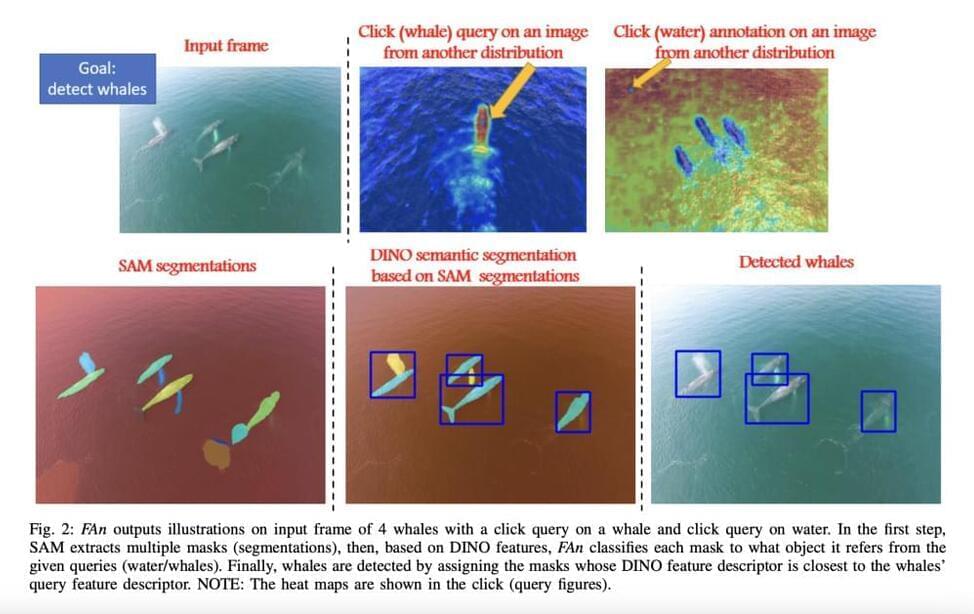Professor Ori Bar-Nur and his colleagues at ETH Zurich are pioneering the cultivation of muscle cells in the lab, currently using mouse cells as their primary model. While their current studies are centered on mouse cells, the team is also keen on exploring the potential of human and cow cells. The implications of their research are manifold: lab-cultured human muscle tissue could serve surgical needs, while human muscle stem cells might offer therapeutic solutions for those with muscle diseases. On the other hand, cultivating cow muscle tissue in labs could transform the meat industry by eliminating the necessity of animal slaughter.
For now, however, the ETH team’s research is focused on optimizing the generation of muscle stem cells and making it safer. They have now succeeded in doing so via a new approach.








